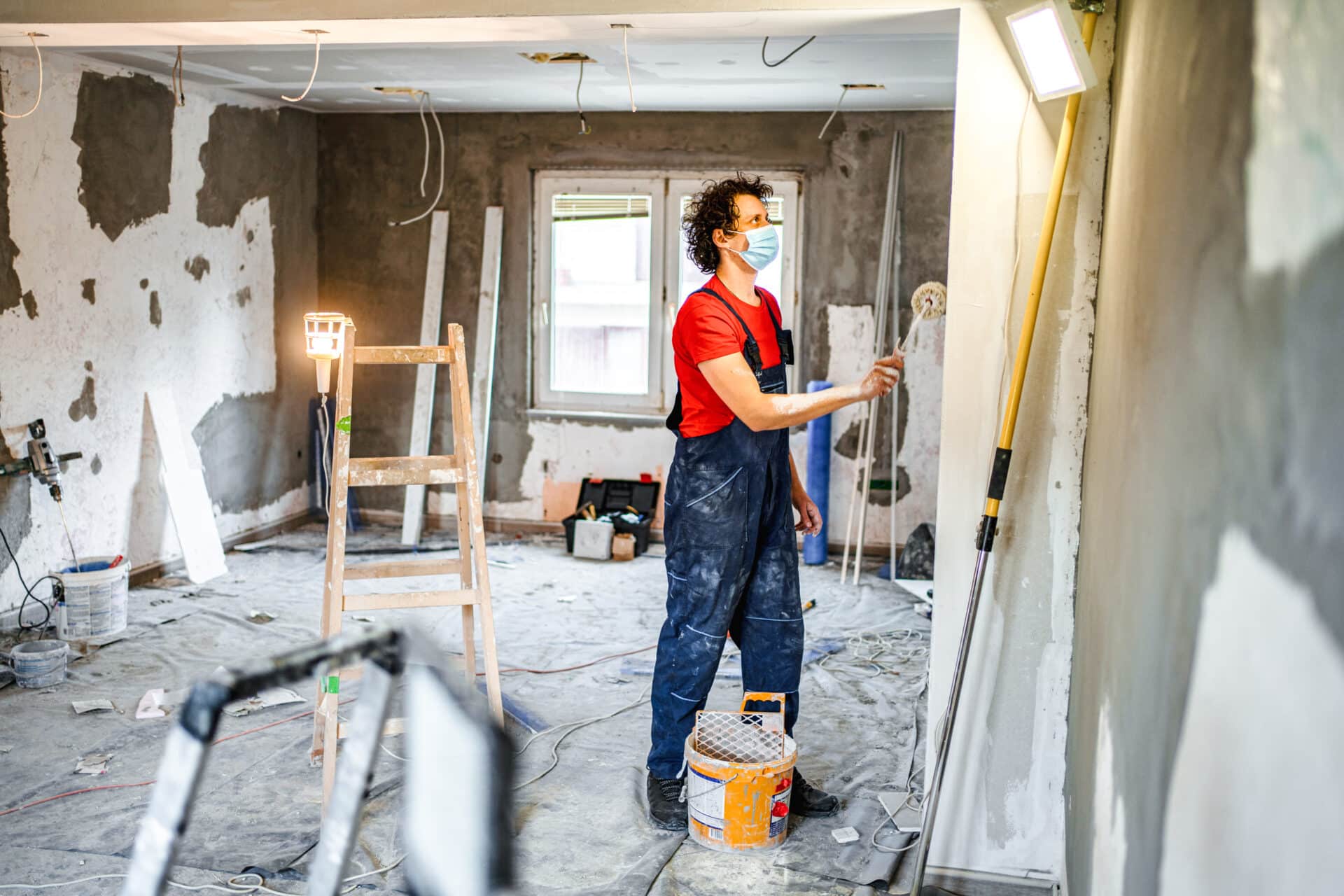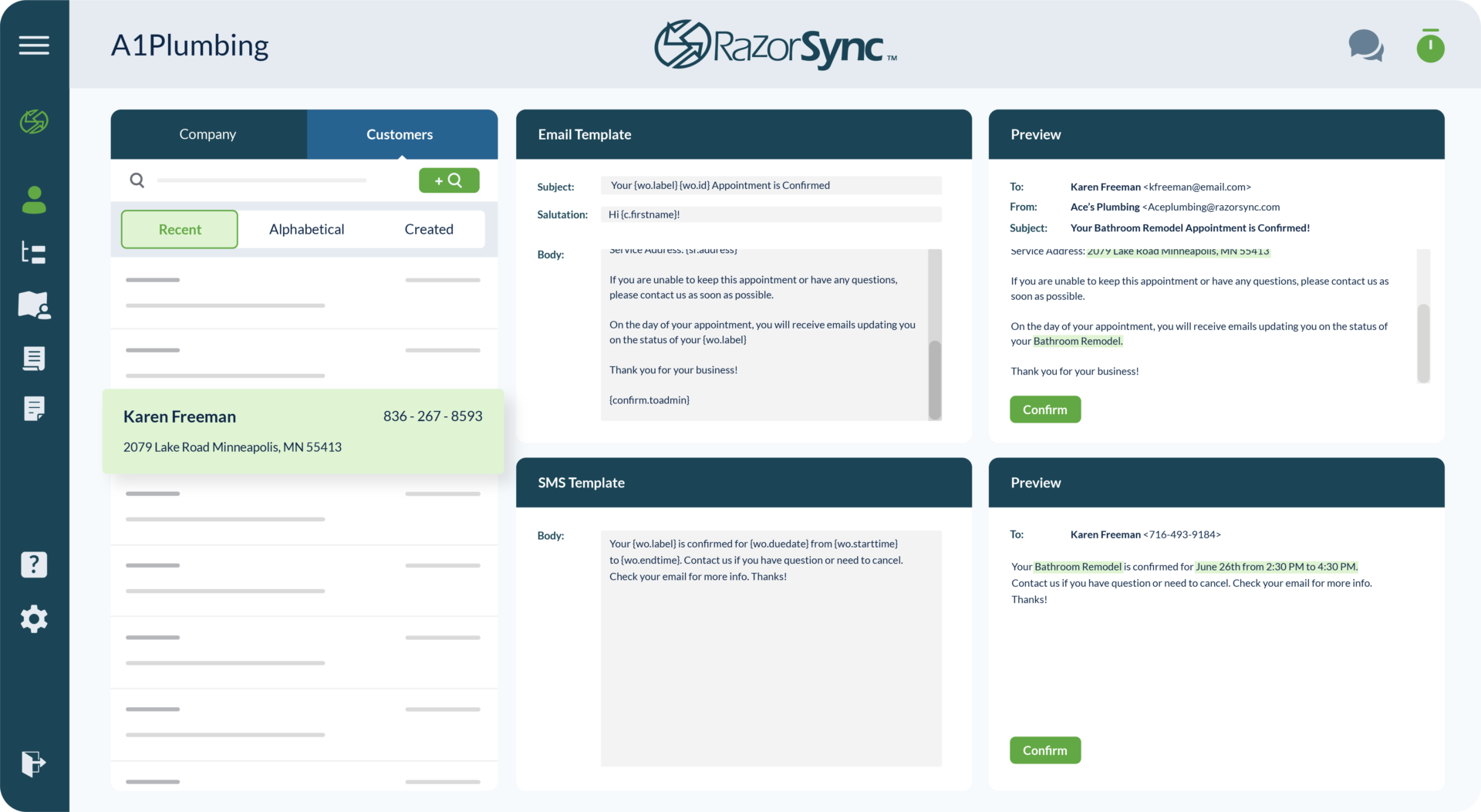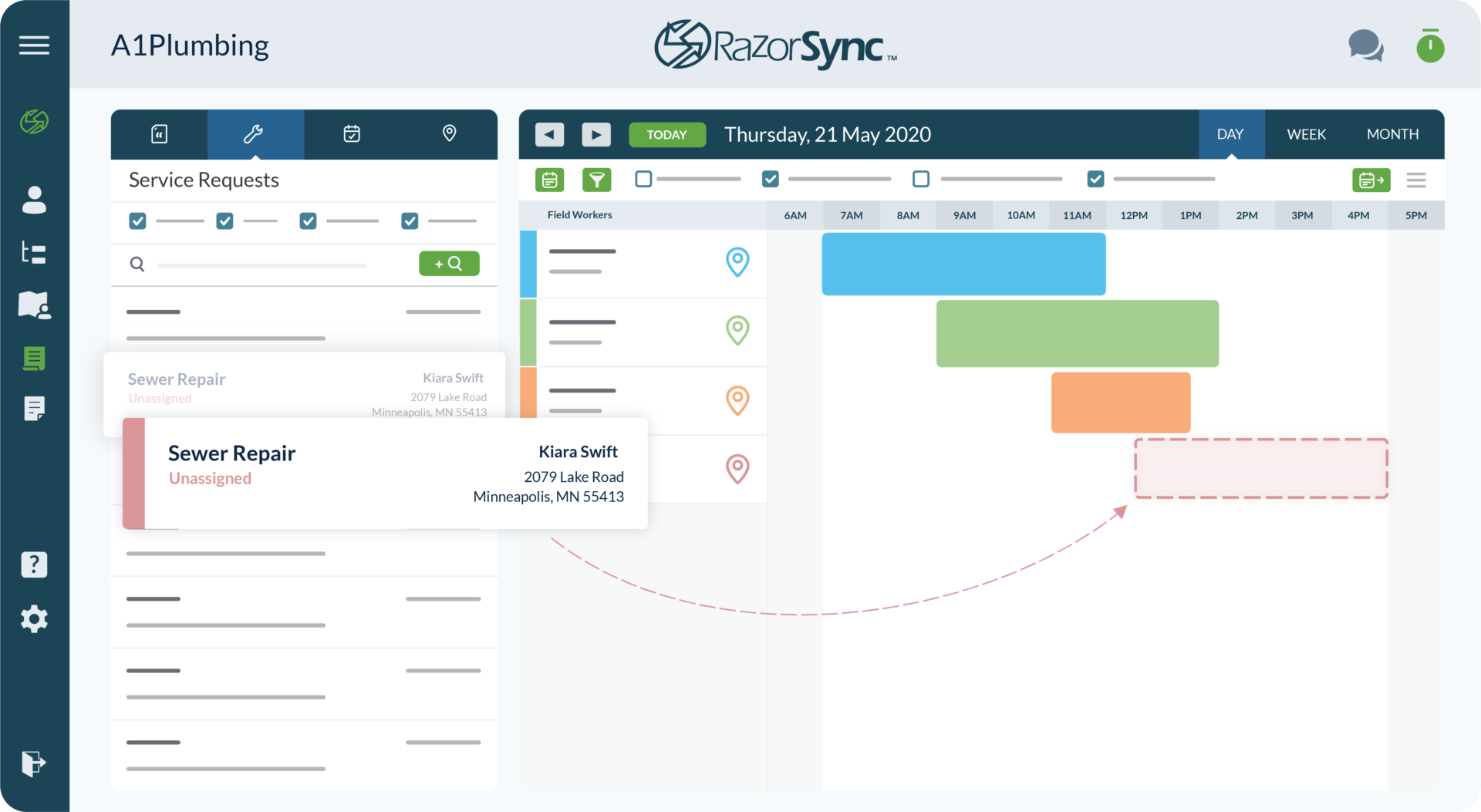How To Become A Painting Contractor
Start your journey as a painting contractor and turn your skills into a successful business with the right training and tools.
Jul 24, 2025
# of Minutes to Read

Are you a skilled construction or renovation worker with a passion for painting? If you’ve ever considered starting your own business as a painting contractor, this blog is for you.
Becoming a painting contractor is a rewarding career path that combines creativity, entrepreneurship, and craftsmanship. From acquiring certifications to building work experience and legally establishing your business, this blog walks you through the essential steps to help you launch your own successful painting contracting business.
Key Steps to Become a Painting Contractor
- Receive Your Education
- Build Your Work Experience
- Certify and Register Your Business
- Establish Network Connections
1. Receive Your Education
While a high school diploma isn’t strictly required, it provides a strong foundation, especially in math and communication skills, both vital for estimating costs and interacting with clients. Studying a second language can also be a competitive advantage in multilingual markets.
After high school, consider entering the workforce directly or pursuing an apprenticeship in painting.
2. Complete the EPA’s Renovation, Repair, and Painting (RRP) Program
Since 2010, the U.S. Environmental Protection Agency (EPA) requires painting contractors working on homes built before 1978 to be certified in lead-safe practices through its Renovation, Repair, and Painting Program.
Certification Process:
- Take an 8-hour EPA-accredited training (includes 2 hours of hands-on learning)
- Receive a certificate valid for five years with hands-on refresher or three years with online refresher
- Renew certification before expiration. If certification lapses, you must retake the full course.
You can find a local RRP training provider in your area.
3. Research Local Licensing Requirements
Contractor licensing laws vary by state and municipality. Contact your state’s licensing board or visit their website to learn:
- Whether you need a contractor’s license
- How to register your business
- Any exams or fees required
4. Learn Construction Codes and Regulations
Understanding building codes and safety regulations helps ensure that your work is up to standard and compliant with legal requirements. These codes are often available online or at your local library.
You can access resources through your city or county government website or the International Code Council.
5. Build Your Work Experience
Hands-on training is invaluable. Whether through formal apprenticeships or on-the-job experience, working with seasoned painting professionals builds your technical skills and business acumen.
Benefits of Apprenticeships:
- Learn safety procedures
- Gain technical expertise
- Understand client relations and job management
Search online or inquire with local painting companies for apprenticeship opportunities.
6. Work Alongside a Professional Painting Contractor
Before going solo, work with a professional contractor or company. This experience offers:
- Mentorship and industry insights
- Portfolio development
- Exposure to a variety of project types
- Earning income while preparing for your own venture
7. Learn Specialized Niches
Specializing in a niche can set you apart from competitors and allow you to charge premium rates. Popular painting niches include faux finishes, mural painting, cabinet refinishing, historical restoration, and industrial coatings.
Honing a niche makes you more marketable and allows you to build a recognizable brand.
Certify and Register Your Business
Legitimizing your business builds credibility, protects you legally, and ensures regulatory compliance.
8. Pass the Contractor’s Certification Exam
Many states require a certification exam covering building codes, OSHA safety standards, and business practices.
Download exam materials and applications through your state’s Contractors State License Board.
9. File Necessary Business Documents
You will typically need:
- A general business license
- A home business permit if operating from home
- To designate yourself as the Responsible Managing Individual (RMI)
Check your local government’s Business Services Division for forms and filing details.
10. Get Insurance Coverage
Liability insurance is critical to protecting your business. Consider:
- General liability insurance
- Completed operations coverage
- Workers’ compensation if hiring staff
Shop around to compare providers and premiums, which often range from $50 to $200 per month depending on coverage and state.
11. Choose a Business Entity
Most independent contractors start as sole proprietors, but you might also consider forming an LLC or S-corp for added legal and tax benefits. Consult a tax advisor or lawyer to decide what is best for your goals.
Establish Network Connections
Once your business is operational, networking is essential. It helps you gain referrals, learn about local market trends, build partnerships, and access trade discounts and vendor contacts.
Ways to Network:
- Attend trade shows or contractor expos
- Join local business or painting associations
- Engage on platforms like Houzz, LinkedIn, and Nextdoor
- Participate in online forums and Facebook groups
Networking is not just about promoting your business. It is about building meaningful, long-term relationships.
Final Takeaways
Becoming a painting contractor involves a blend of education, experience, legal setup, and networking. Specializing in a niche, staying compliant with regulations, and getting insured lay the foundation for a sustainable business.
RazorSync’s field service software will help you manage your business as a new painting contractor so that you can enter the field with success. Book a demo with RazoSync or try it free for 14 days.











